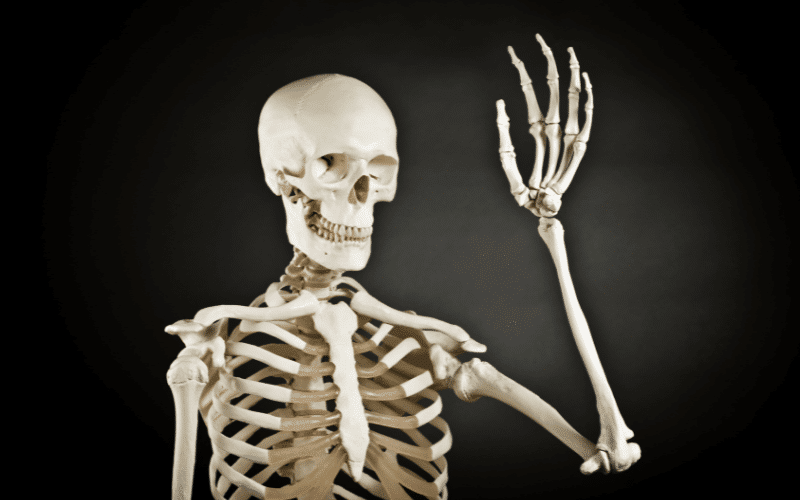Introduction: Diving into the Depth of Mucopolysaccharidosis

When navigating the complex waters of MPS, it’s important to familiarize yourself with the possible symptoms associated with this condition. The signs of MPS are manifold and can significantly vary from patient to patient, making it all the more critical to recognize and understand them.
The impact of MPS is far-reaching, with symptoms not confined to any one part of the body. While some physical manifestations might be easier to spot, others require a deeper understanding of the condition. Knowing these signs doesn’t just pave the way for early detection but also aids in formulating a more targeted approach to managing the condition.
In the pursuit of spreading awareness and enhancing understanding, we delve into the top 10 symptoms of this rare condition. This detailed exploration will shed light on these often-misunderstood signals, aiming to provide a clearer picture of MPS’s multifaceted impact.
Sign 1: Abnormal Bone Structure

People with mucopolysaccharidosis (MPS) often experience a peculiar anomaly: a striking change in their bone structure. This skeletal change is one of the first signs medical professionals look for when diagnosing MPS.
These bone abnormalities are a result of the body’s inability to break down glycosaminoglycans (GAGs). The overabundance of these molecules affects the growth and development of bones, resulting in several noticeable changes.
One common issue is disproportionately short stature, also known as dwarfism. This is not merely an aesthetic concern. Dwarfism can contribute to a host of other health issues, including joint problems and reduced mobility. Furthermore, individuals with MPS may also develop a thickened chest wall – a condition that can impact respiratory function.
Another common manifestation is an unusually curved spine, medically referred to as kyphosis. In severe cases, kyphosis can cause significant discomfort and may even lead to mobility problems. However, with timely intervention, many of these issues can be managed, underscoring the importance of early detection.
These changes in bone structure can drastically affect a patient’s quality of life, reinforcing the need for effective therapies and regular monitoring. (1)